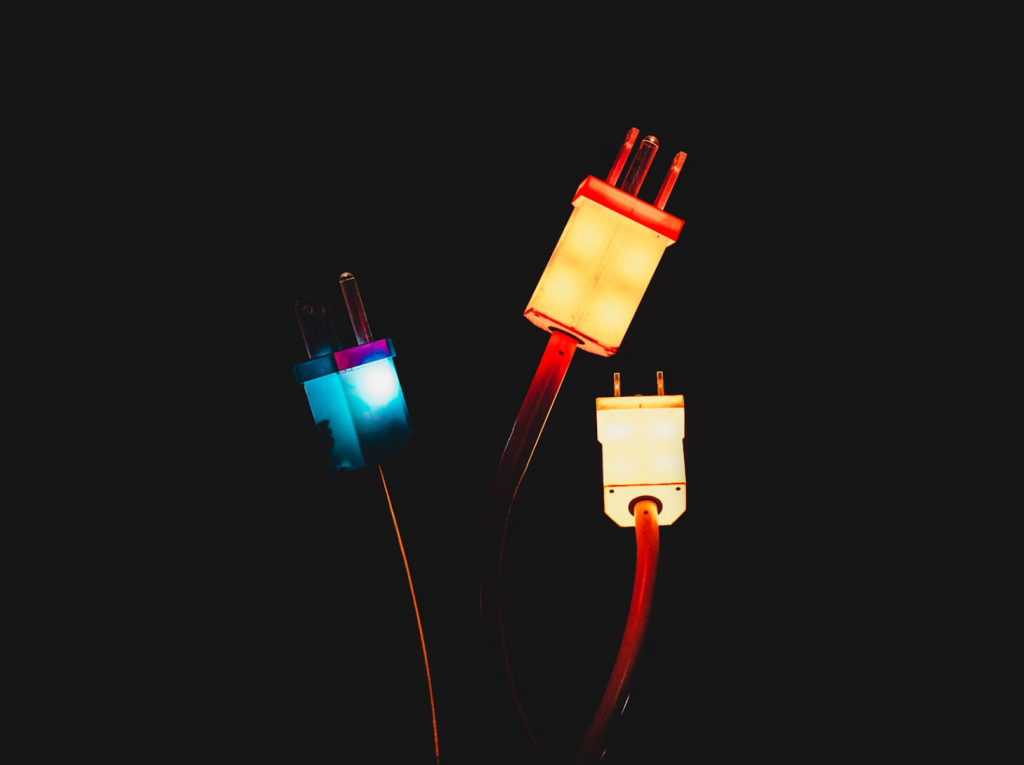Understanding the Basics of Universal Power Adapters
Traveling to a foreign country? The last thing you want is to find yourself staring at a dead phone and an incompatible wall socket. A universal power adapter is a small yet powerful travel essential that can save your trip—if it’s the right one. But not all adapters are created equal.

What Is a Universal Power Adapter?
A universal power adapter is a device that allows you to plug your electronics into foreign outlets. Unlike standard plug adapters limited to one region, a universal adapter is designed to work with outlets in multiple countries by offering interchangeable or retractable plugs.
Key Differences Between Adapters and Converters
Don’t confuse adapters with converters. An adapter only changes the plug shape so it fits into another country’s wall socket. A converter, on the other hand, changes the voltage to match your device. If you use an adapter when your device isn’t dual voltage, you risk frying it.
Why You Can’t Rely on Just Any Adapter
Incompatibility Issues
Cheap adapters often cover only a few plug types and fail in countries with unique configurations. Imagine arriving in Italy only to find your “universal” adapter doesn’t support Type L plugs. That’s not a scenario you want.
Risk of Overheating and Fire Hazards
Low-quality adapters lack surge protection and proper voltage regulation. If an adapter doesn’t come with a fuse, it’s a gamble—one that could damage your device or, worse, cause an electrical fire.
Must-Have Features in a Reliable Universal Adapter
Multiple Plug Configurations
A good universal adapter should support at least four plug types: Type A (USA), Type C (EU), Type G (UK), and Type I (AU/NZ). Bonus points if it supports more obscure regions like India or South Africa.
Voltage Compatibility (100V to 240V)
Look for adapters that support voltage ranges from 100V to 240V. However, remember that this only works if your device is dual voltage. If it’s not, you’ll need a separate converter.
USB-A and USB-C Ports
A modern universal adapter should include both USB-A and USB-C ports. These allow you to charge multiple devices simultaneously—without fighting over a single socket.
Built-in Safety Fuses and Surge Protection
Surge protection and a built-in fuse are non-negotiable. These features protect your devices from voltage spikes common in many countries.
Top Countries and Their Plug Types
UK, EU, AU, US – What’s Different?
- United States: Type A/B plugs, 110V
- United Kingdom: Type G plugs, 230V
- Europe: Type C/E/F plugs, 220V–240V
- Australia: Type I plugs, 230V
How to Plan Based on Your Destination
Check both the plug type and voltage of your destination country before you travel. Tools like WorldPowerPlugs.com or travel apps make this research effortless.
Our Top Picks: Power Adapters That Actually Work
Best Overall: EPICKA Universal Travel Adapter
This model supports over 150 countries, offers four USB-A ports, one USB-C port, and includes built-in safety shutters and surge protection. It’s compact, efficient, and loved by travelers.
Best for Safety: OneWorld PD by OneAdaptr
OneWorld PD includes fast charging, a 10A auto-reset fuse, and is certified by multiple international bodies. Its intelligent chip ensures your device gets exactly what it needs.
Best Budget Option: Unidapt Universal Adapter
Affordable yet effective, this adapter handles plug conversions in more than 160 countries. It includes four USB ports and is surprisingly well-built for its price.
Factors to Consider Before Buying
Wattage Limitations
Universal adapters are not suitable for high-wattage devices like hair dryers or electric kettles. Always check the wattage rating—most are safe up to 880W at 110V and 1840W at 230V.
Size and Portability
Bulky adapters can fall out of loose sockets. Choose a model that’s compact but not so small that it compromises functionality.
Build Quality and Certifications
Look for certifications like CE, FCC, and RoHS. They ensure the product meets international safety standards.
How to Use Universal Adapters Safely
Common Mistakes Travelers Make
- Plugging in high-voltage devices without checking compatibility.
- Using adapters in wet environments (e.g., bathrooms).
- Leaving adapters plugged in overnight with multiple devices.
Red Flags to Avoid
If an adapter feels light, wobbly, or plasticky—it probably lacks internal safety components. Also, avoid anything without a visible fuse compartment.
Universal Adapters vs. Voltage Converters
When Do You Actually Need a Converter?
You’ll need a voltage converter if:
- Your device is not dual voltage (e.g., 110V only).
- You’re using a high-wattage appliance like a curling iron or steamer.
Can Modern Electronics Handle Dual Voltage?
Most phones, laptops, and cameras are dual voltage these days. Check the label on your charger—it usually reads something like “Input: 100–240V.”
Real-World Reviews from Frequent Travelers
What Business Travelers Recommend
Business users prefer adapters that offer fast charging and minimal downtime. Many swear by the Zendure Passport III for its GaN fast-charging capability and global compatibility.
Backpackers’ Perspective
Backpackers love multi-port USB adapters. They often stay in hostels with limited outlets, so being able to charge multiple devices overnight is a huge win.
Alternatives and Backup Plans
Portable Power Banks
Always carry a power bank as a backup, especially if you’ll be away from reliable outlets for long stretches. Models with 20,000mAh capacity can charge a phone 4–5 times.
Hotel/Hostel Power Solutions
Some hotels offer universal sockets or lend adapters at reception. Hostels might have communal charging stations. Still, never rely on this—bring your own.
Conclusion
In the grand scheme of travel tech, a universal power adapter might seem like a minor purchase. But when your entire trip depends on staying connected and powered up, it becomes one of the most vital. Invest in a quality adapter that covers all your needs—plug types, voltage compatibility, safety features, and multiple ports. With the right adapter, you won’t just survive your travels—you’ll thrive, no matter where your journey takes you.
FAQs
1. Do universal power adapters work in all countries?
Not all. While they cover 150–200 countries, some nations like Brazil or South Africa have unique plug types. Always verify compatibility before traveling.
2. Can I use a hair dryer with a universal adapter?
Only if it’s dual voltage. Otherwise, you’ll need a voltage converter. Most universal adapters aren’t designed to handle high-wattage appliances.
3. Are USB ports on adapters fast charging?
Some are. Look for adapters with USB-C PD (Power Delivery) or QC (Quick Charge) support if you need rapid charging.
4. What’s the safest way to use an adapter in a foreign country?
Never overload the adapter, avoid damp areas, and unplug it when not in use. Also, check that your device’s voltage matches the country’s power standard.
5. How long do universal adapters last?
A well-built adapter can last for years with proper care. Look for sturdy construction, replaceable fuses, and verified safety certifications.


